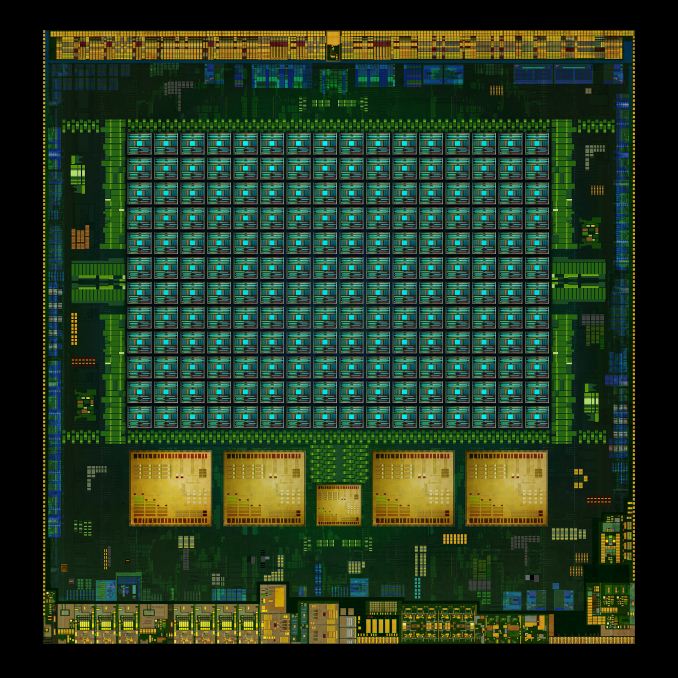NVIDIA Announces Tegra K1 SoC with Optional Denver CPU Cores
by Anand Lal Shimpi on January 5, 2014 10:55 PM EST
At its CES press conference, NVIDIA finally revealed the marketing name for Project Logan - NVIDIA's latest mobile SoC: Tegra K1.
NVIDIA hasn't said much about the architectural details about its latest Tegra SoC, other than to confirm that it features 192 CUDA cores. Since we already know Tegra K1 is based on NVIDIA's Kepler GPU architecture, and a single Kepler SMX features 192 CUDA cores, we know that K1 uses a single Kepler SMX.
With K1, NVIDIA ditches the GeForce ULP GPU core that was present in the previous four generations of Tegra and moves mobile onto the same roadmap as the desktop/notebook GeForce. NVIDIA used the slide below that seems to imply convergence between the Tegra and GeForce architectures going forward, even beyond Kepler.
We'll be updating this post with more details as NVIDIA reveals them.
Tegra K1 will be available in quad-core Cortex A15 (+1 shadow Cortex A15 core) and dual-core Denver (64-bit ARMv8) versions. The Cortex A15 version will be available in 1H 2014, the Denver version will show up in the second half of 2014.











20 Comments
View All Comments
Jumangi - Monday, January 6, 2014 - link
So does this chip get Nvidia back into the good graces of device makers or is it another Tegra 4 that looks good in benchmarks but is hardly ever seen in any real world devices.ishmoo21 - Monday, January 6, 2014 - link
I guess it depends on how much they charge for it and how well it works with cellular chipsJumangi - Monday, January 6, 2014 - link
It better have LTE built in this time. Not having that in previous chips is one of the major reasons so many mobile device makers passed on them before.SetiroN - Monday, January 6, 2014 - link
It will probably do better than its predecessor, but not by much IMO: this is a fantastic tablet chip (in contrast with Tegra 4, which didn't really make up with the higher TDP compared to Qualcomm solutions, additionally because you needed an external chip to handle WAN), but it still will be a niche product, not yet capable to compete with the competition's lower power requirements in smartphones and limited from making real use of such GPU power as there isn't any software capable of leveraging it.A15 was stomped by Qualcomm. When Denver arrives things might change, but for now I wouldn't bet on a huge success.
jerrylzy - Monday, January 6, 2014 - link
I really like Denver. Finally NVIDIA brought us fantastic products after a long time of incompetent products.I also suspect that mobile games will evolve from textures-mainly to computation-oriented and even tessellation. This will be a good trend, from which companies like Qualcomm will also benefit.
eio - Monday, January 6, 2014 - link
different sizes of A15 cores...but same internal layout? is this a fake die shot?cnxsoft - Monday, January 6, 2014 - link
I'd guess the companion core might be Cortex A7 instead. I missed the beginning of the live stream, not sure if they specifically mentioned it.himyhuang - Monday, January 6, 2014 - link
Tegra always lives on the paper/ppt!:-)
ET - Monday, January 6, 2014 - link
I'd be much more interested if NVIDIA licensed these cores to Intel for its Atom chips. That would be a nice combination. One can dream...BallGum - Tuesday, January 7, 2014 - link
Developer support is going to be the real drive for this. Thankfully nvidia is doing a good job of this with tegra zone.Also, did you guys see the unreal 4 demo? It looked very impressive.